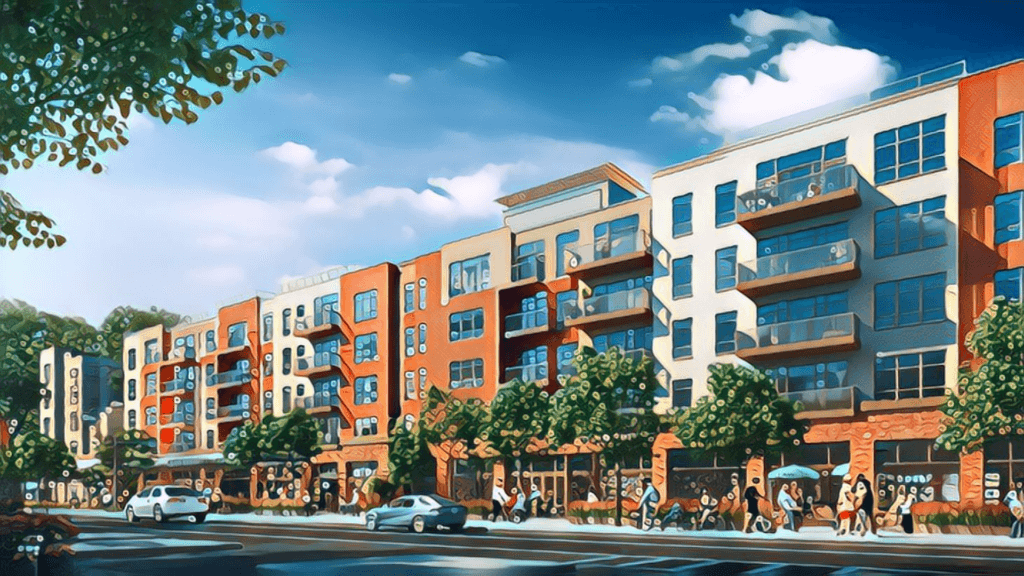Turbulent Times Can Be Deceiving
The multifamily real estate sector has experienced significant upheaval, with some regions defying the overall trend. In the past, landlords and investors in this sector have capitalized on a nationwide increase in apartment rental rates.
This has helped to offset losses incurred during the pandemic, a period when eviction moratoriums made it challenging, or even illegal, to remove nonpaying tenants.
Many investors took a gamble during this time, purchasing and developing properties at inflated costs, hoping that post-pandemic rent increases would continue.
However, with rental growth slowing or even declining in some regions, those who relied on innovative financing strategies now face balloon payments for floating-rate mortgages tied to interest rates they can no longer bear.
Real Estate Market Dive
Real estate analytics firm Green Street reports that building values have fallen by 20% from their peak. Yet, the national picture doesn’t reflect the entire story, as certain areas continue to outperform others.
Alan Lewis, co-founder, and chief investment officer of investment platform DiversyFund, explained that performance varies even within the same state, with some markets experiencing robust rent growth while others see significant declines.
Lewis further highlighted that many investors are feeling the strain due to the high prices they paid for properties during the pandemic. Some sellers, who overpaid for assets in 2020 and 2021 using floating rate bridge debt, are now surrendering, unable to cope with the financial pressure caused by fluctuating rates.
Paul Smith, a senior vice president with Bellwether Enterprise Mortgage, expects the volatility in the multifamily sector to persist, especially as demand dwindles.
He predicts an influx of new supply over the next 12 to 18 months, leading to a temporary softening in demand. However, he believes that once this wave of supply is absorbed, the multifamily sector will regain its strength due to the enduring need for housing in all markets.
Lewis suggests that the perceived lack of affordable housing is a regional problem. He points out that despite new products being introduced to the market, there is still a deficit in supply in many areas.
This is due to a reduction in construction activities. DiversyFund is focusing on specific markets that have demonstrated stronger-than-average recoveries and consistent rent growth, such as Florida, North and South Carolina, Washington, and California, although the situation in these areas is also dependent on local conditions.
State of Performance
Over the past half-decade, private real estate investments have outperformed publicly traded REITs by approximately 50%.
This highlights the potential opportunities for investors in this sector, despite the current turbulence1.
The current state of multifamily investment amid economic uncertainties is causing investing fear. Some regions are thriving despite the challenges, offering insights for potential investors.



























